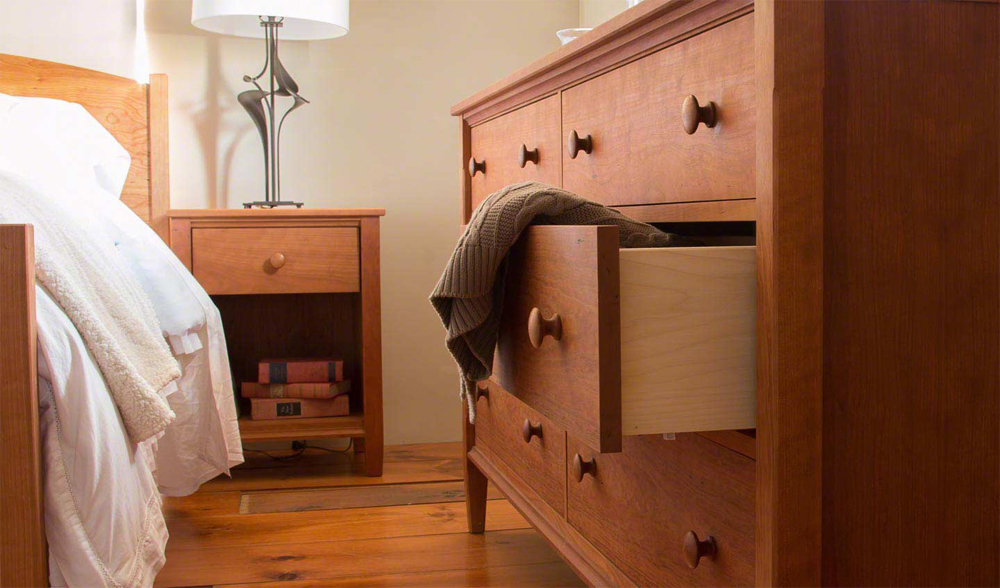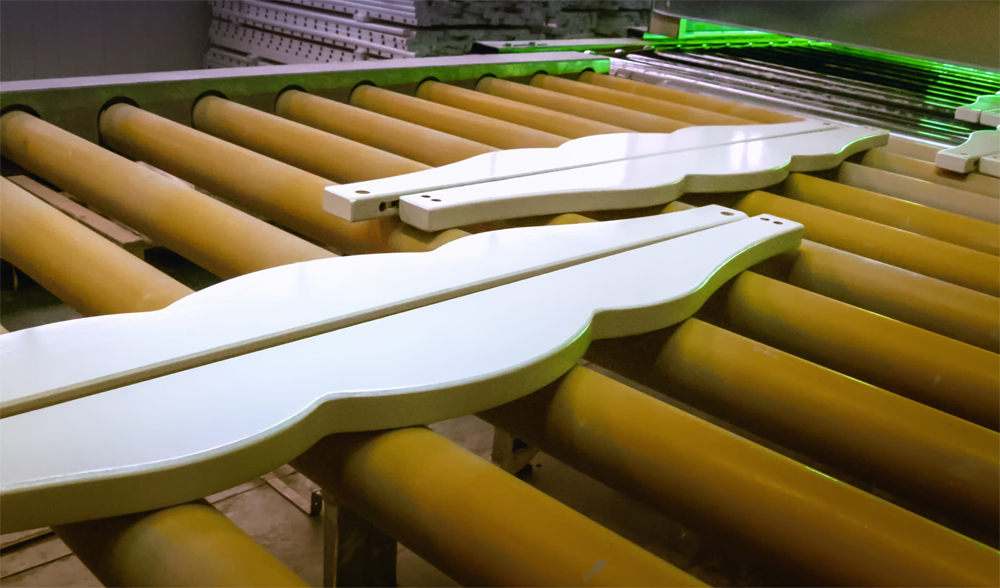Since the 1960s, powder coating has emerged as a superior and durable finishing option, known for its environmentally friendly nature. This coating method has gained prominence, especially for metal products like appliances, automotive parts, sporting goods, and a wide range of other items.

The progress made in powder coating materials, application techniques, and curing methods has extended the benefits of this finishing process to heat-sensitive substrates. Consequently, powder coating is now extensively applied to a diverse range of products, including medium density fiberboard (MDF), hardwood, and other wood-based materials. This expansion in application has led to the use of powder coating in various items such as office furniture, kitchen and bath cabinets, doors, store fixtures and displays, barbecue trays, as well as ready-to-assemble furniture for both residential and commercial settings.
The WBS market is experiencing a revolutionary transformation with the advent of powder coating, which surpasses other finishing methods and laminating processes by offering unparalleled design freedoms. Powder coating enables the achievement of stunning, long-lasting finishes in a wide array of vibrant colors. Furthermore, it provides excellent protection to WBS products, guarding against chips, stains, spills, and scratches. The seamless and durable nature of powder coating contributes to the overall enhancement and preservation of WBS product aesthetics.
Overcoming the Challenges of Heat-Sensitive Substrates
Certain types of wood and wood products naturally possess sufficient and consistent moisture content, enabling conductivity and allowing for direct coating application. For wood parts that require sanding, compressed air can effectively remove surface contaminants, ensuring a clean substrate. To improve electrostatic attraction, a specialized spray solution can be applied as a pretreatment, creating a conductive surface on the wood. Subsequently, the part is preheated to the desired coating temperature, causing the powder to partially melt and flow smoothly during application, promoting strong adhesion. Maintaining a uniform board surface temperature ensures high transfer efficiency and a uniform appearance throughout the coating process.

During powder application, an electrostatic charge is applied using a spray gun to efficiently deposit the powder onto the surface of the wood-based substrate (WBS). The choice of powder materials can include thermal cure products or UV-cured powders. In the case of thermal cure powders, the curing process relies on the use of infrared ovens, convection ovens, or hybrid ovens that combine both infrared and convection heating methods. The thermal energy generated in these ovens melts the powder, allowing it to flow evenly, forming a smooth and level film. As the powder cures, or crosslinks, it transforms into a durable and finished film.
By utilizing specially formulated UV-curable powders, it is possible to separate the melt and flow stages from the curing process, thereby minimizing the heat required for powder curing. Once the coated parts enter either an infrared or convection oven, the coating undergoes a melting and flowing phase that typically lasts between two to ten minutes. Subsequently, the board is exposed to ultraviolet light for a brief period of just a few seconds, enabling final curing and hardening of the finish. Following this, the parts are allowed to cool naturally or through a cooling tunnel before being unloaded from the coating line. This streamlined UV-cured powder coating process ensures optimal performance and efficient production.
Powder Coating Satisfies the Requirement for WBS Products
Numerous office furniture manufacturers are shifting from conventional square and rectangular designs to incorporate curved edges and contoured shapes, featuring inner circles and ellipses to facilitate computer cord access. They are also providing seamless coatings for desktops in a wide array of colors and finishes. Powder coating proves to be versatile in accommodating these intricate shapes, unlike lamination techniques that rely on edge-banding methods. Moreover, powder application streamlines the finishing process, eliminating the need for multiple coats or extended drying periods. Additionally, powder coating minimizes the requirement for sanding between coats, resulting in enhanced operational efficiency and cost savings compared to liquid coatings.





